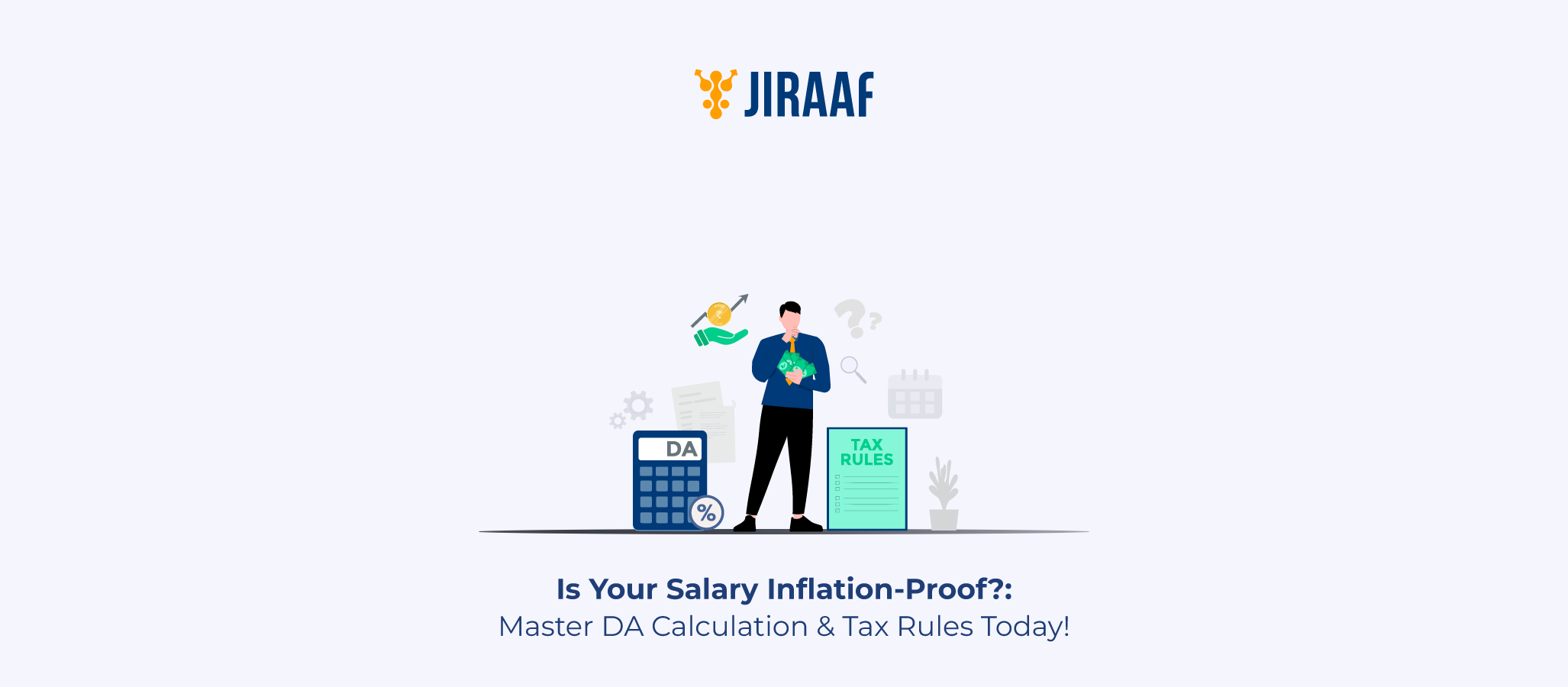Whether you run a small business or manage a large enterprise, filing your Goods and Services Tax (GST) returns is a crucial compliance task. It’s not just about staying on the right side of the law—filing your GST returns accurately ensures smooth input tax credit claims, avoids penalties, and keeps your business operations transparent. With everything going digital, understanding how to file GST returns online has become easier—but only if you know the exact steps, due dates, and mistakes to avoid.
This comprehensive guide walks you through what a GST return is, its types, the filing process, common errors, and much more. By the end of this blog, you’ll be ready to handle your GST filings like a pro—no CA required (unless you want one).
What is a GST Return?
A GST return is a document filed by registered taxpayers with the government that contains details of their income, purchases, sales, and tax paid or collected during a specific period. This return helps the government calculate how much tax you owe or are eligible to claim as a refund.
There are different types of returns under GST depending on your type of business, turnover, and filing frequency. And yes—even if there’s no transaction in a month, you still need to file a NIL return to stay compliant.
Types of GST Returns and Their Due Dates
There are multiple types of GST returns, but here are the most used ones you should know.
| Return Type | Applicable To | Purpose | Due Date |
| GSTR-1 | Registered suppliers | Details of outward supplies (sales) | 11th of next month (monthly) or 13th of next month (quarterly) |
| GSTR-3B | All regular taxpayers | Summary of sales, ITC, and tax payment | 20th of next month (monthly) |
| GSTR-4 | Composition scheme taxpayers | Annual return | 30th April of the following FY |
| GSTR-5 | Non-resident taxable persons | Monthly return | 20th of the next month |
| GSTR-6 | Input Service Distributors (ISD) | Distribution of ITC | 13th of the next month |
| GSTR-7 | TDS deductors | TDS return under GST | 10th of the next month |
| GSTR-8 | E-commerce operators | TCS return under GST | 10th of the next month |
| GSTR-9 | All regular taxpayers | Annual return | 31st December of following FY |
| GSTR-9C | Taxpayers with turnover > ₹5 crore | Self-certified reconciliation statement | 31st December of following FY |
| GSTR-2B | Auto-generated for all | Input Tax Credit statement | Monthly, generated on 14th of each month |
Knowing which return applies to you—and its due date—is half the battle won.
Documents Required to File GST Returns
Before jumping into the actual filing, keep these documents handy:
- GSTIN (Goods and Services Tax Identification Number)
- Invoice details (B2B and B2C)
- Credit/debit notes
- Purchase register
- Sales register
- HSN/SAC codes
- Input tax credit (ITC) details
- Bank statements
- DSC (Digital Signature Certificate) or EVC for authentication
If you’re using a GST software tool, it can auto-import much of this data. Still, you must verify accuracy before submission.
Step-by-Step Process to File GST Returns Online
Filing GST returns online on the GST portal is a structured process. Here’s how to do it:
Step 1: Log in to the GST Portal
Visit gst.gov.in and log in using your credentials.
Step 2: Navigate to the Return Dashboard
Go to the ‘Services’ tab > ‘Returns’ > ‘Returns Dashboard’.
Step 3: Select the Financial Year and Filing Period
Choose the FY and the period (month/quarter) you want to file for.
Step 4: Choose the Appropriate Return Form
Depending on your registration type and turnover, select GSTR-1, GSTR-3B, or others.
Step 5: Upload Invoices and Fill Details
Upload sales and purchase data. Most software can automate this process.
Step 6: Claim ITC and Make Payments
Verify auto-populated ITC in GSTR-2B. Set off tax liability using cash or credit.
Step 7: Preview and File Return
Click on ‘Preview’ to check all the details. Sign and submit using either EVC (for individuals) or DSC (for businesses).
GST Return Filing Due Dates for FY 2024–25
Here’s a snapshot of monthly deadlines:
| Return Type | Monthly Due Date |
| GSTR-1 | 11th of the following month |
| GSTR-3B | 20th of the following month |
| GSTR-2B (ITC Statement) | 14th of the following month |
| GSTR-7, GSTR-8 | 10th of the following month |
For composition scheme taxpayers:
- GSTR-4 (Annual Return): 30th April following the FY
- CMP-08 (Quarterly): 18th of the month following the quarter
Mark your calendars or set up reminders in your accounting software.
Common Mistakes to Avoid While Filing GST Returns
Avoiding these pitfalls can save you from penalties and audits.
1. Mismatch Between GSTR-1 and GSTR-3B
Always ensure sales reported in GSTR-1 match summary figures in GSTR-3B.
2. Incorrect HSN/SAC Codes
Wrong codes can lead to notice or denial of ITC.
3. Wrong Input Tax Credit Claims
Claim only eligible ITC. Cross-check GSTR-2B thoroughly.
4. Late Filing and Payment
Even a day late can attract interest (18% per annum) and late fees.
5. Not Reporting NIL Returns
Skipping a return just because there’s no activity is a big no-no. File NIL returns to stay compliant.
6. Not Reconciling with Books
Monthly reconciliation of books with returns ensures accurate tax reporting.
How to Calculate GST Payable Before Filing
Use this simple formula:
GST Payable = Output GST – Input GST (Eligible ITC)
For example:
- Output GST on sales = ₹50,000
- Input GST on purchases = ₹30,000
- Net Payable = ₹20,000
If your ITC exceeds your output tax, you may carry it forward or apply for a refund (in specific cases).
Final Thoughts
Filing your GST returns on time is more than a legal obligation—it’s a smart way to keep your business organized and tax-efficient. Whether you’re a new startup or a seasoned trader, adopting good filing habits, staying updated on due dates, and avoiding common mistakes can go a long way. Consider using automation tools or a trusted consultant when the workload gets overwhelming.
FAQs on GST Return Filing
What is the GST return filing process?
You need to log in to the GST portal, select the correct return form, fill out sales and purchase details, claim ITC, preview, and submit.
What is GSTR-1 and 3B?
GSTR-1 contains details of outward supplies (sales). GSTR-3B is a monthly summary return showing tax liability and ITC.
Is GST filing monthly or quarterly?
It depends on turnover. Businesses with turnover < ₹5 crore can file quarterly returns under QRMP; others must file monthly.
What is the GST filing period?
Typically, monthly or quarterly. Annual returns are filed once at the end of the financial year.
Can we file GST return without a CA?
Yes. If you understand your business’s invoicing and purchases, you can file GST returns yourself using the portal or GST software.
What is RCM in GST?
Reverse Charge Mechanism (RCM) shifts the tax payment responsibility from the supplier to the recipient for certain goods/services.
What is GSTR-2B due date?
GSTR-2B is auto-generated on the 14th of every month, showing eligible ITC for the previous month.
Discover fixed income investments with Jiraaf, a SEBI registered online bonds platform that educates and brings access to a wide array of bonds. Sign up today to explore diversified fixed income investment opportunities to support your goal-based wealth creation journey. Start investing!









